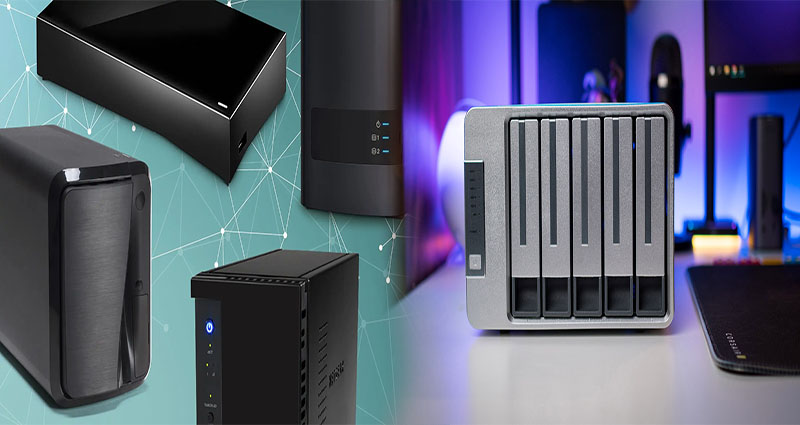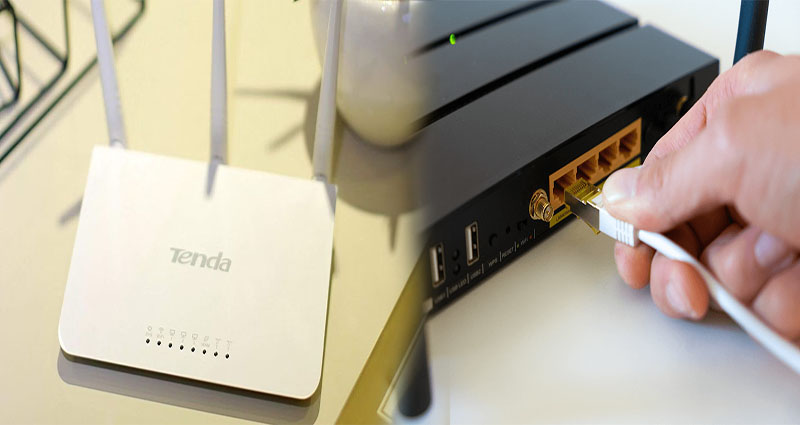Streamlining data storage and access without cables for Wireless NAS for home
Gone are the days when data storage and access required cumbersome cables and physical connections. With the advent of Wireless Network Attached Storage (NAS) for home, streamlining data storage and access has never been easier or more convenient. Wireless NAS allows users to store and access their data without the need for cables, offering a seamless and hassle-free experience.
Wireless NAS works by utilizing a wireless connection, such as Wi-Fi or Bluetooth, to establish a connection between the storage device and the user’s devices, such as laptops, smartphones, or tablets. This eliminates the need for physical connections and cables, making it incredibly convenient for home users.
One of the key advantages of wireless NAS is its flexibility and ease of use. Users can access their data from any device connected to the same wireless network, providing them with the freedom to work or access files from anywhere in their home. … Read More











